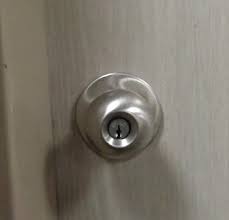Pain medication is a big issue for those with chronic disease. Julie a US member of our support group has some complaints, based on her experience:
"Someone who doesn't know what real pain is has made the rules. They are more worried about drug addicts than patients in pain. It is difficult to find a doctor who will prescribe pain pills and they keep close tabs on the number of pills a person can have.
"Someone who doesn't know what real pain is has made the rules. They are more worried about drug addicts than patients in pain. It is difficult to find a doctor who will prescribe pain pills and they keep close tabs on the number of pills a person can have.
Now, it is very difficult to get pain medication. If a person goes
to a Pain Clinic, they make a
the person fill out pages of forms - some forcing a promise that they will absolutely not get pain medication from any other doctor or place. There is also a page telling people to be very careful with their pain medication because if a person would accidentally lose or somehow destroy the pills (by dropping them on the floor or in water etc.) they will NOT be replaced.
the person fill out pages of forms - some forcing a promise that they will absolutely not get pain medication from any other doctor or place. There is also a page telling people to be very careful with their pain medication because if a person would accidentally lose or somehow destroy the pills (by dropping them on the floor or in water etc.) they will NOT be replaced.
A drawback of the Pain Clinic model is that patients have an extra appointment every month for
testing and to get another prescription for more medication. A Big
Hassle! and even harder on the elderly and the poor.
My
Internist prescribes the lowest number of pills (Hydrocodone) at the
lowest dose for me. He doesn't really want to do that and he said he
only has 2 patients where he will write a controlled drug prescription.
He said he only does it for me because I am a long-time patient, he
knows that I suffer from RA and that I am really in pain. I am hopeful
that he will keep doing that as I don't want the hassle of having to go
to a pain clinic every month, now that I am 80.
The
insurance companies keep tabs on what and when and how much a person
can receive and they won't let any controlled medication be filled early
- it can be filled 3 days before a person has their last pill. (So if you need pain pills forget that vacation) This is
what my pharmacy told me. Other pharmacies might have different
policies. I do know my doctor will not re-fill a prescription before 30
or 90 days are up depending on the medication. The prescription has to
be on a green prescription paper with all of the doctors drug numbers
on it and it has to be taken to the pharmacy in person and handed to the
pharmacist. It can not be telephoned in or re-filled any other way.
It also makes you wonder why insurance companies have taken on an enforcer role in the war on drugs. I get the feeling that they feel more able to take care of my health than my doctor can and I feel that is wrong.
Most of these are going back to the drugstore - wrong strength, now off the market and inferior generic










































